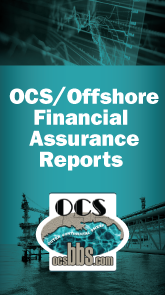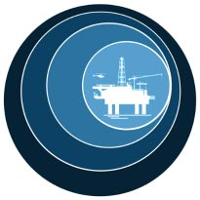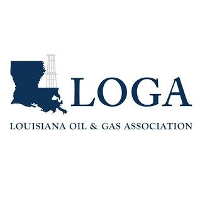Blowout and Fire
Effective Date: 11/15/2001
 | U.S. Department of the Interior |
| Safety Alert No. 199 November 15, 2001 | Contact: Buddy Stewart |
Blowout and Fire
After a slip-on wellhead (SOW) had been set on a 10¾-inch surface casing, and during the welding of the inside of the SOW, gas and liquid were observed escaping from the +10 valve. The +10 valve was closed and 8.6-ppg seawater was added to the annulus through a ½-inch gap between the wellhead’s 24-inch base plate and the 10¾-inch casing, in an attempt to kill the well. It should be noted that a 16-inch scab liner was hung from the drive pipe. The well continued to flow, so the fluid was weighted up to 9.2-ppg mud, and then later increased to 16-ppg mud. It became more difficult to maintain a steady rate and quantity of mud flow because of the mud’s density and the size of the opening between the base plate and the surface casing. As the gas flow increased, the +10 valve was opened in order to allow the 16-ppg mud to displace the lighter fluid in the 24-inch x 10¾-inch annulus. With gas flow still increasing, the decision was made to evacuate the rig. The +10 valve was left opened in an effort to divert the flow of gas away from the platform and rig. Approximately a day later, fire erupted on the platform from an unknown source and caused extensive damage to the platform and drilling rig.
The MMS investigation of the accident revealed in part that, while the source of the blowout, namely shallow gas, was identified through well log data, the cement program was not properly designed for the presence of shallow gas. The failure of the operator to communicate the presence of shallow gas to the contract cement service company resulted in the improper design of the cement. It was further revealed that a pre-spud meeting, in which the presence of known shallow gas could have been communicated to all parties involved in the drilling operation, was not conducted.
It is therefore recommended that operators:
- Review their current specific strategies regarding the prevention of gas migration into the cement column.
- Review their method of communication with contract cement companies regarding shallow-gas hazards.
- Review their procedures by which well log information indicating shallow gas is used in the proper design of their cement program.






